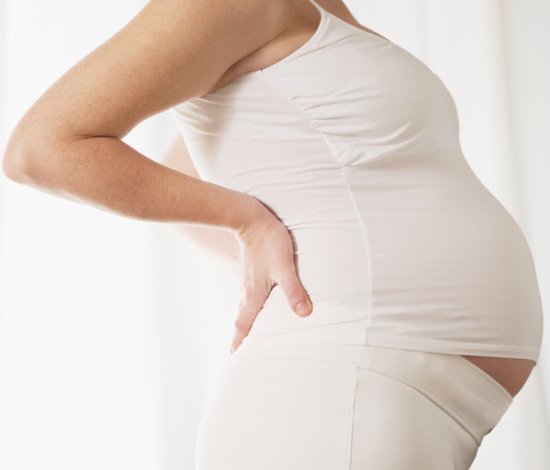Pregnancy can both be a beautiful phase and a challenging period for women. This is that time in life when she experiences some of the most beautiful emotions but is also at a risk of some conditions which could prove very discomforting for her.
During pregnancy, the body produces a hormone known as relaxin and this hormone tends to soften the ligaments in the pelvis as well as in some of the other joints.  This is both good and bad since softened ligaments enable the baby to pass through the pelvis during birth easily but can also cause a pain which is known as Pelvic Girdle Pain or PGP. The following is some more information about PGP:
What is Pelvic Girdle Pain?
PGP is basically the pain which is experienced at the back of the pelvis and is also often referred to as Sacroiliac joint pain or SIJ pain. Sacroiliac joint is the joint present at the back of the pelvis and the problem of PGP begins at this very joint.
Causes of Pelvic Girdle Pain
The main cause of PGP is that one side of the pelvis moves more than the other side and this can lead to the pain. What happens is that when our body stands up, walks, lies down and goes into other positions, the pelvis is locked and in a stable position but the pelvic pain is caused in a situation where the pelvis is not in such a locked or stable position. This results not only in pain but also irritated joints. This kind of a discomfort is common during pregnancy.
Signs and Symptoms of Pelvic Girdle Pain
One of the main ways to identify Pelvic Girdle Pain is that the pain happens only on one side of the pelvis. It is also often focused upon the buttocks and may sometimes even transfer from one side to the other. PGP is also accompanied with pain on the frontal portion of the pelvis or general back pain.
Another way to identify PGP is that it sends shooting pains on the back of your legs or on your buttocks. One may also experience some pain on the hips. Some women also complain of weakness in one or both the legs and also a problem in lifting them.
When does the Pain Happen?
There is no fixed time when PGP may strike as it can happen as early as the first trimester or as late as just before giving birth. Infact, those women who experience PGP during their first pregnancy are likely to experience it in the next pregnancy as well. If it occurs during the last stages of pregnancy then one reason behind this could be because the baby’s head may be engaging or the head may be moving down into the pelvis.
What can Worsen the Pain?
The PGP may get worse by turning over in bed, lying on your back, standing in a one position for long or sitting in one position for long.







